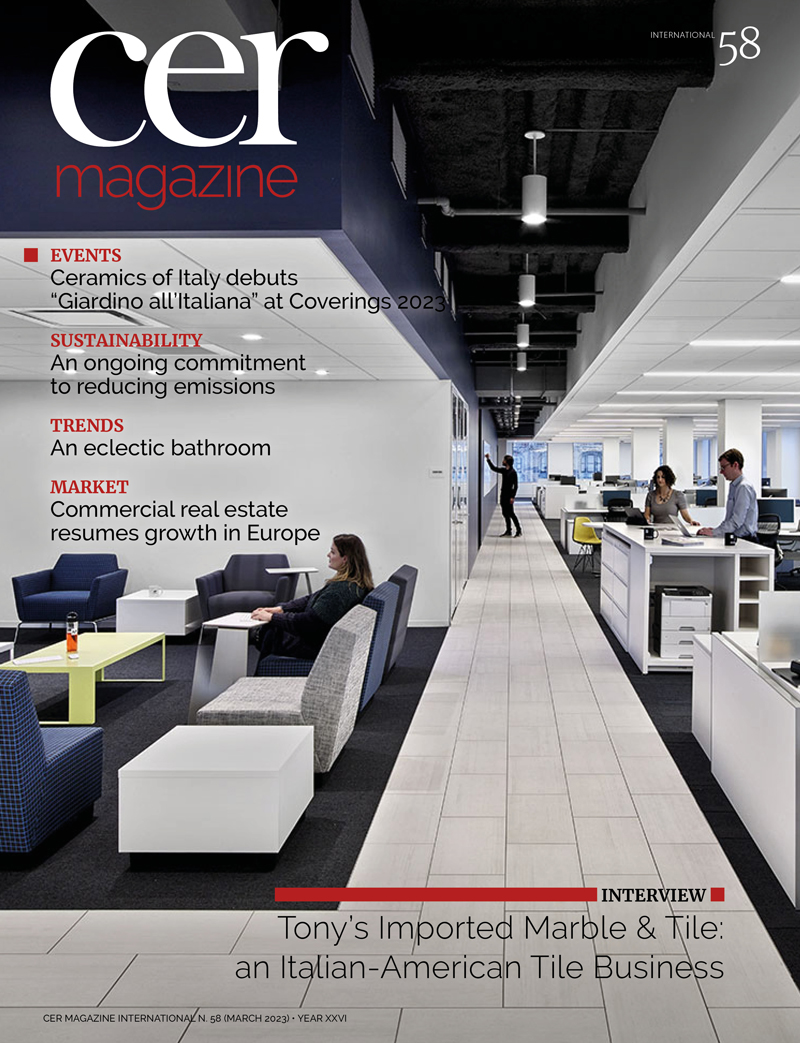Italian ceramic tiles outperform other surfaces
Architects and construction companies can choose from a wide range of surface covering solutions for their building projects worldwide, some of which are covered by international standards while others are inspired by local traditions and culture. The choice of surface coverings is essential for the success of a project, because they act as a kind of skin that determines both the aesthetic and functional characteristics of the buildings.
Ceramic tiles offer many advantages over alternative materials, first and foremost their versatility. The fact that modern, industrially produced ceramic surfaces are frost-resistant and unaffected by exposure to sunlight, even in equatorial regions, makes them suitable for both indoor and outdoor applications. In addition, they come in sizes ranging from a few millimetres in the case of mosaics through to giant monolithic slabs with a total surface area extending to 5 square metres or more. Health and hygiene are further important characteristics. Ceramic tiles are inert and do not release harmful substances, even when exposed to fire, so they help to avoid the sick building syndrome. And due to the structural characteristics of their surfaces, they withstand frequent washing and sanitisation, even when aggressive disinfectants are used. This means that unlike alternative materials, ceramic surfaces have a lifetime that is equal to that of the building. In addition, ceramic tiles stand out for their all-round quality, unlike other materials which may offer some of these characteristics but not others.
But Italian ceramic tiles also have other important advantages. Aesthetics and design are deeply rooted in Italy’s age-old culture of beauty and are a constant feature of Italian ceramic tile collections, while the use of the most modern digital production technologies guarantees the enduring quality of these products. In addition, the Italian ceramic tile industry’s highly sophisticated level of internal organisation means that it is able to supply the materials and services necessary for large-scale projects. The industry is also strongly committed to social responsibility for the benefit of its employees, including a focus on occupational safety and a wide range of institutional and corporate welfare measures.
March 2023






